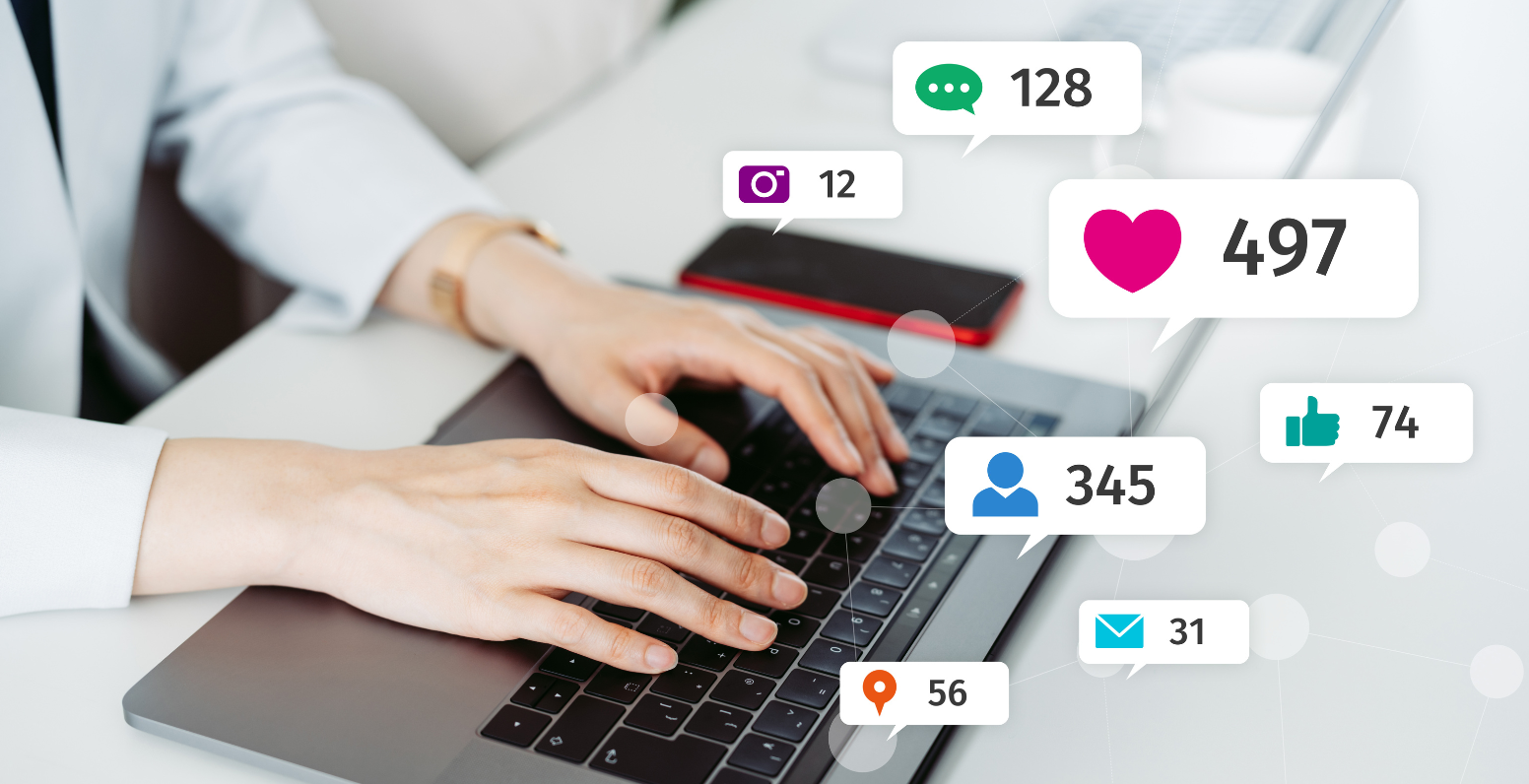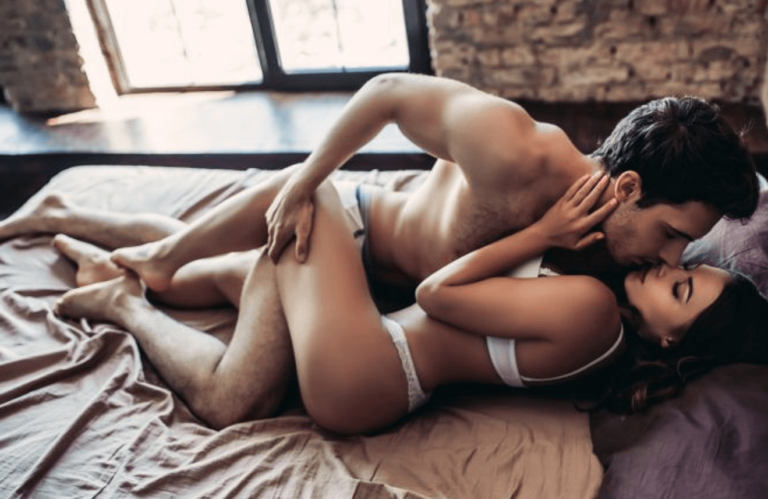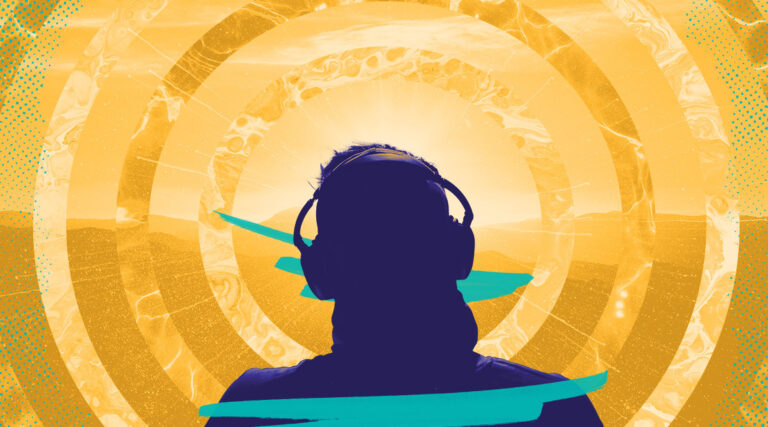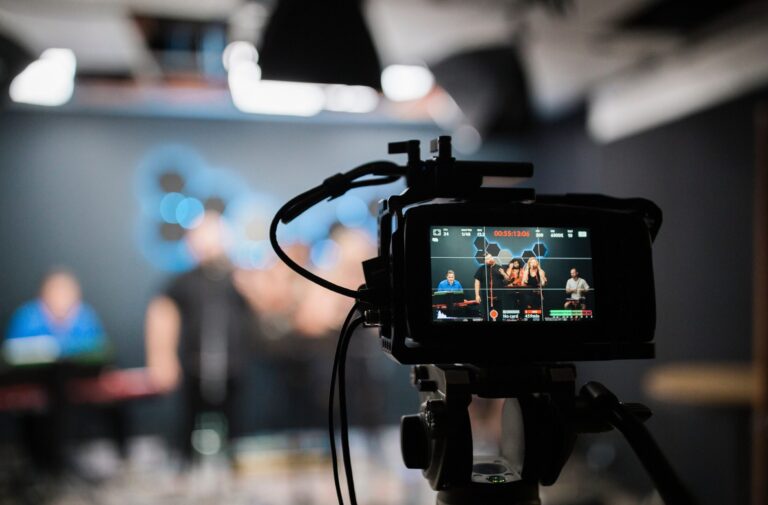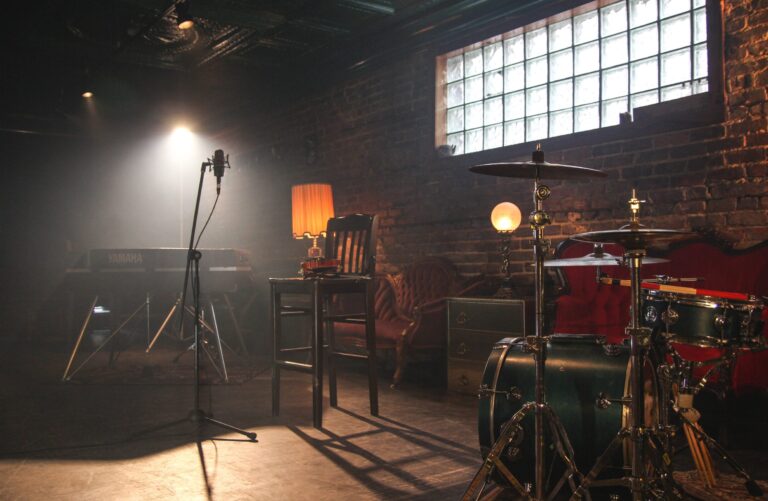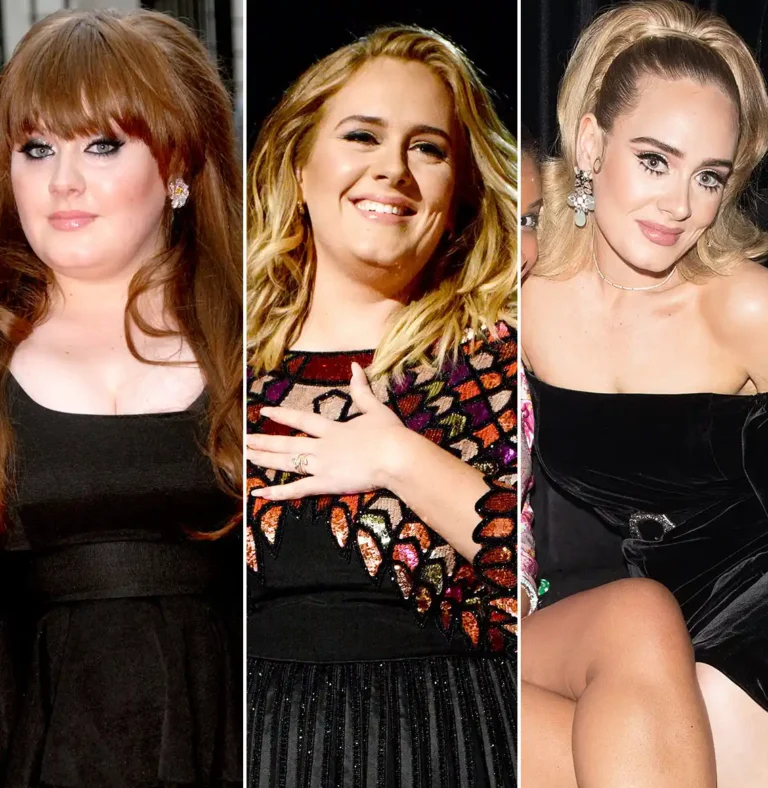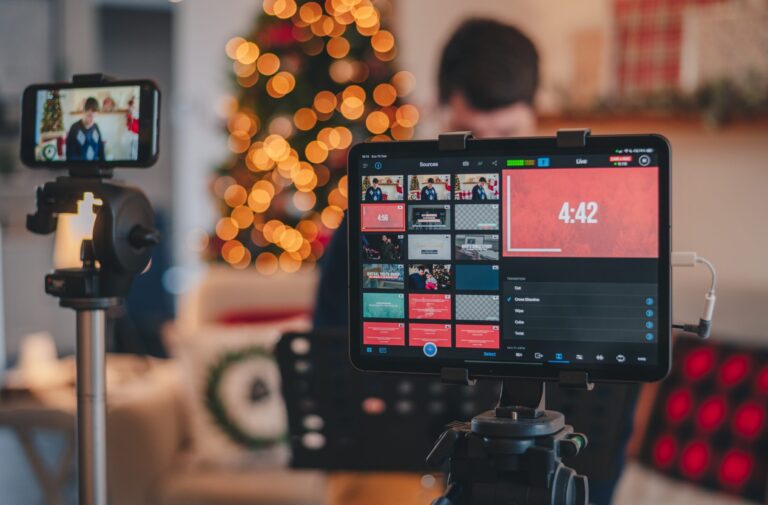The impact of social media on artist promotion and fan engagement
Social media platforms have become an essential tool for promoting artists and their work. With the rise of platforms such as Instagram, Twitter, and TikTok, artists are able to reach a wider audience and create a strong online presence. Social media content has been found to have a significant impact on users’ engagement behavior, with engaging and interactive content leading to higher levels of engagement. This has resulted in a shift in the way artists promote themselves and their work, with social media becoming a key component of their marketing strategy.
Creating a strong online presence on social media platforms is crucial for artists looking to promote their work and build a fanbase. Social media provides artists with the opportunity to showcase their work, share their creative process, and connect with their audience in a more personal way. By developing a strong online presence, artists are able to attract new fans and engage with their existing ones. This has been found to be especially effective for independent artists, who may not have the resources to promote their work through traditional means.
Building a fanbase through social media has become an important aspect of artist promotion. Social media platforms allow artists to connect with their fans on a more personal level, creating a sense of community and loyalty. This has been found to be particularly effective for musicians, with music being a powerful tool for social media platforms to increase engagement and user activity. Social media has also been found to increase an artist’s social proof, with success in online polls and contests leading to an increase in social media followers. Overall, social media has become an essential tool for artists looking to promote their work and build a strong fanbase.
The impact of social media on fan engagement
Social media has revolutionized the way artists engage with their fans, providing a direct line of communication that was previously unavailable. Through social media platforms, artists can interact with their fans, respond to comments, and even have one-on-one conversations with them. This direct communication allows for a more personal connection between artists and fans, which can lead to increased fan loyalty and engagement. Fans can also provide real-time feedback on an artist’s work, giving them insight into what their audience likes and dislikes, and allowing them to refine their artistic vision.
Social media has also increased fan engagement and loyalty. By posting regular updates, sharing behind-the-scenes content, and interacting with fans, artists can create a sense of community and belonging around their brand. User-generated content (UGC) has also become a powerful tool for promoting fan engagement and community building. Fans who create and share content related to their favorite artists can help to increase their visibility and promote a sense of community among fans. This increased engagement can lead to more followers and a more dedicated fanbase.
Real-time feedback on artistic work is another key benefit of social media for artists. Fans can comment, like, and share content, and may even have the opportunity to speak with their favorite artists through social media platforms. This feedback can be invaluable for artists, providing insight into what their audience likes and dislikes, and helping them to refine their artistic vision. Additionally, social media allows artists to reach new audiences and promote their work to a wider range of fans. Overall, social media has had a significant impact on fan engagement, loyalty, and the promotion of artistic work.
Potential drawbacks of social media for artists
While social media has become an essential tool for artists to promote their work and engage with fans, it also has some potential drawbacks. One of the most significant drawbacks is the potential for negative comments and cyberbullying. A study by Laffan et al. found that cyberbullying victimization can have a detrimental effect on fans’ psychological sense of well-being. Additionally, Leviner notes that social media can have a negative effect on high school adolescents, leading to issues such as depression, anxiety, and low self-esteem. Therefore, artists must be mindful of the impact that negative comments and cyberbullying can have on their mental health and well-being.

Another potential drawback of social media for artists is the pressure to maintain a constant online presence. While social media can be an effective tool for promoting one’s work and engaging with fans, it can also be time-consuming and overwhelming. The constant need to create content and stay active on social media can lead to burnout and decreased productivity. Therefore, it is essential for artists to find a balance between maintaining an active online presence and taking the necessary time to focus on their craft.
Finally, social media can also lead to oversaturation and overexposure. With the constant need to promote one’s work and maintain a presence on social media, there is a risk of overexposure and fatigue among fans. Additionally, the spiral of silence phenomenon can manifest itself in both victims and bystanders of cyberbullying, leading to a reluctance to speak out and engage with content. Therefore, artists must find a balance between promoting their work and engaging with fans while also avoiding oversaturation and overexposure.
